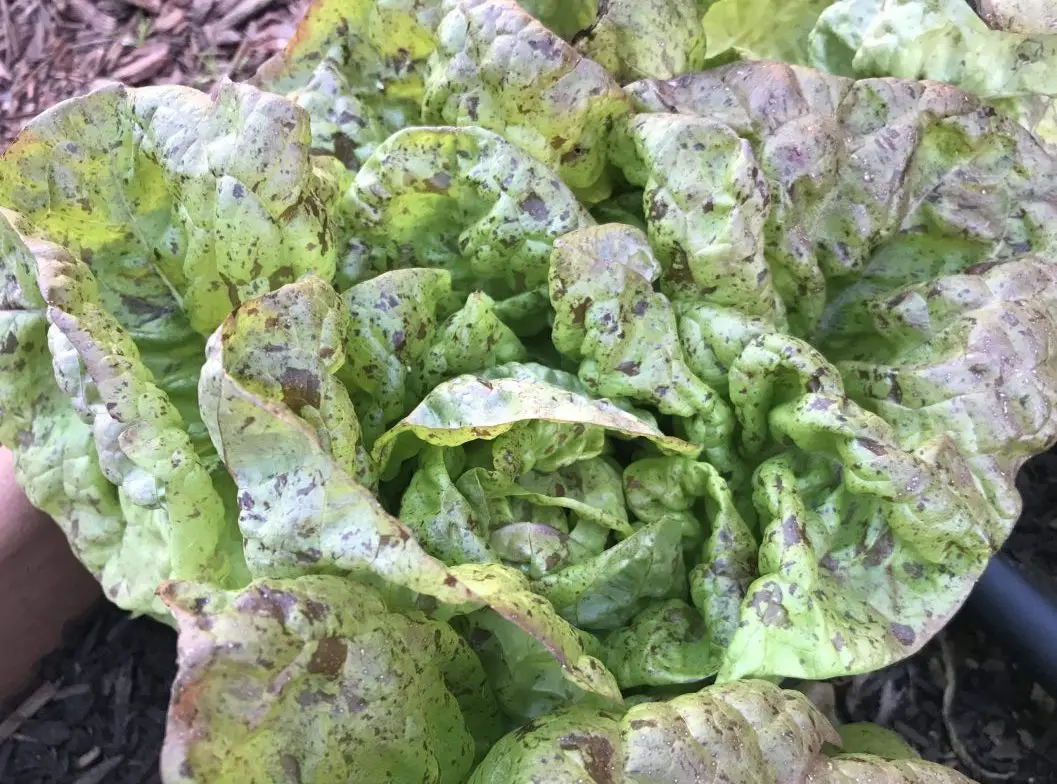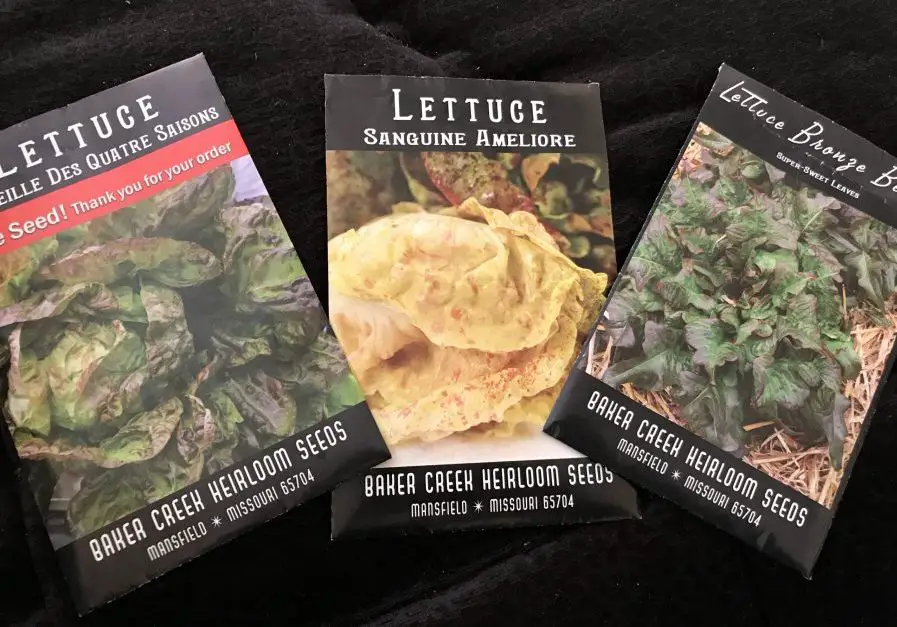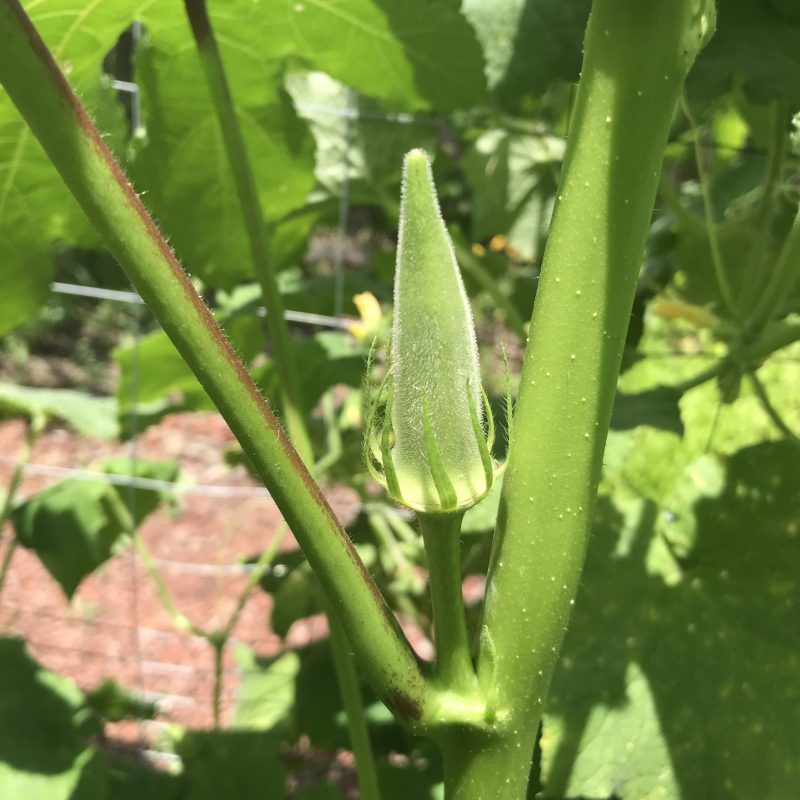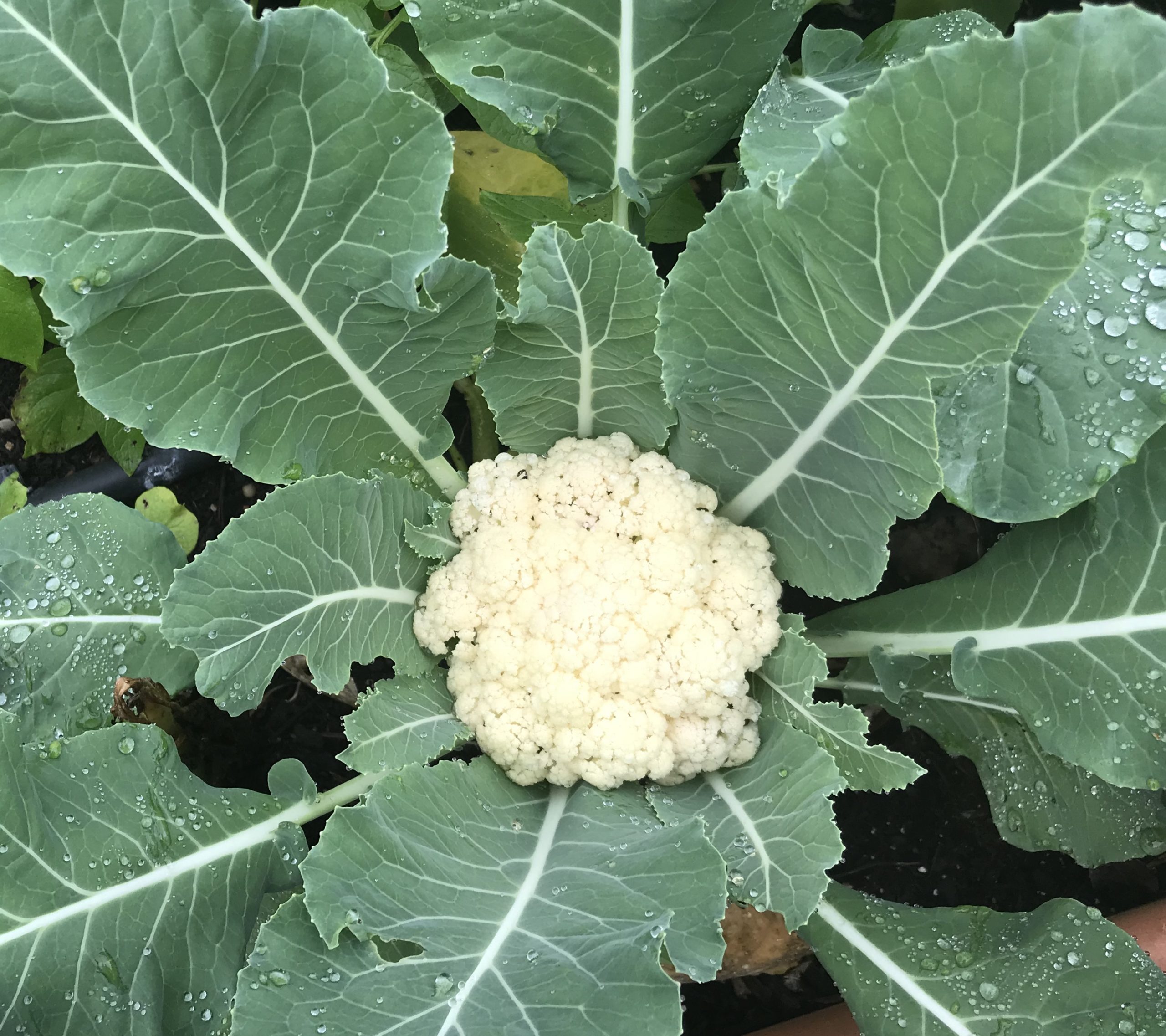Learn how to grow lettuce in Central Texas or any other region with mild winters. This post curates all the tips and tricks collected over the years.
When to grow lettuce in Central Texas?
Lettuce is a cool-season crop that thrives in temperatures 75F (25C) and below. If the weather is warmer, it tends to taste bitter and bolt or go to flower.
In Central Texas, growing lettuce successfully is a bit tedious, especially if you have a favorite variety. A rule of thumb is to put your lettuce out when the temperatures are consistently under 75F (25C), mainly around October.
The good news is that the period of growing lettuce is long. Your first sowing would be in October, and the last chance to sow is in March. So you have five months to get your lettuce in the ground.
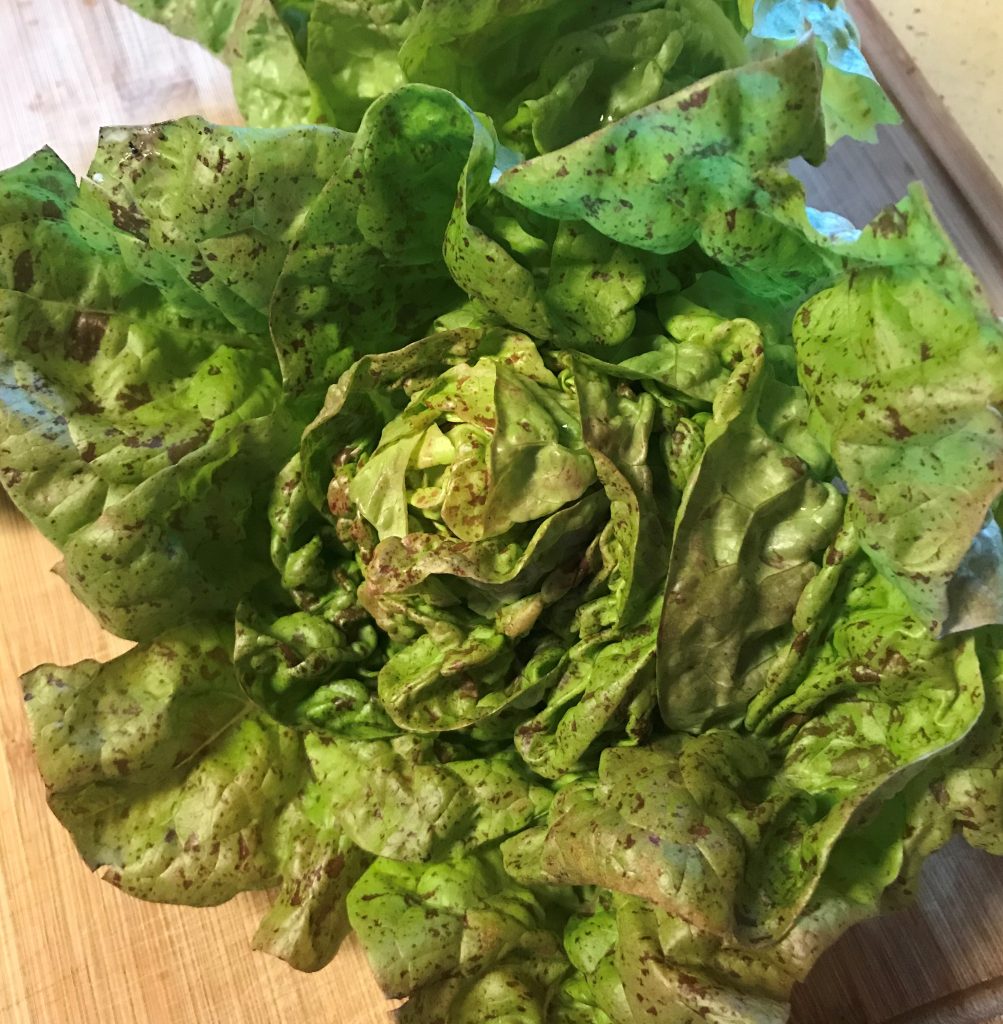
The suitable lettuce variety for warm climate
When choosing lettuce seeds for your warm-climate variety, you must consider their heat tolerance.
In our regions, winters are mostly mild with occasional cold snaps. Our summers are long and sometimes take over the fall season. Springs are almost non-existent as winter-to-summer transitions happen in a blink of an eye.
For that reason, the lettuce you choose for your garden has to be able to survive the lingering heat on both ends of the growing season.
How to grow lettuce in mild-winter regions/ Central Texas?
Most gardeners would say lettuce is easy to grow; sprinkle seeds in the soil, and voila!
As a Central Texas gardener, I didn’t find that true, except for the seed germination part. It was hard to get a good harvest to make a family meal. You can fill up one plate or two, but that’s about it.
Fortunately, there is a way to grow enough lettuce, in a small garden, for a family of six to enjoy throughout the season.
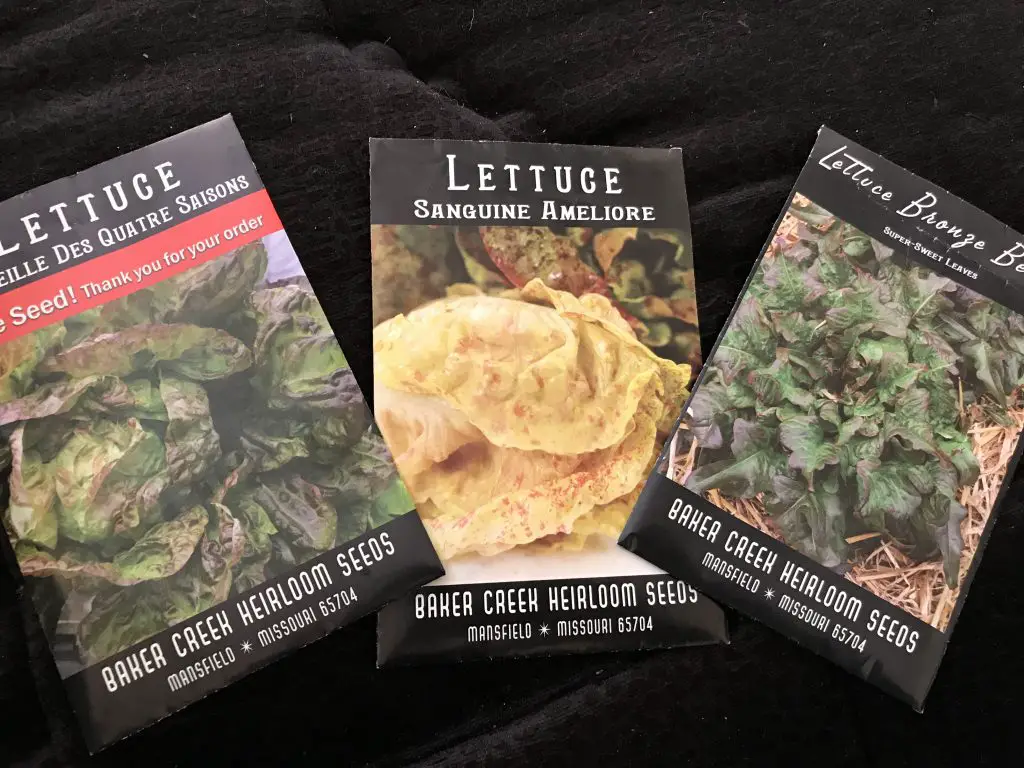
1- Choose a heat-tolerant lettuce variety
Here is a list of some varieties that grow well, from personal experience, in a warm climate.
- Sanguine Amelioree
- Bronze Beauty
- Merveille Des Quatre Saison
2- Store transplant vs. direct sow vs. start indoors
A) Planting store-bought lettuce transplants
From personal experience, I advise against growing lettuce from store-bought transplants for the following reasons:
- First, it is almost impossible to find a variety that grows well in warm weather.
- Getting a packet of seeds is much cheaper and less heartbreaking in case of failure.
- Lettuce bolts easily due to transplant shock.
B) Direct sowing lettuce seeds
Direct sowing lettuce seeds is straightforward and works well with gardeners with decent space.
- Prepare the soil by amending it to improve its texture and drainage.
- Mark shallow rows using a stick or your hand, spacing them one foot apart.
- Sprinkle the seeds sparingly to reduce the amount of future thinning.
- Lightly cover the seeds with dirt, don’t bury them too deep. Lettuce seeds are very delicate and do need sunlight to germinate.
- Water with a light misting hose to avoid misplacing the seeds. Keep your soil moist but not puddle wet.
- Protect your seeds from birds and harsh sun by covering them with shade cloth.
- The seeds should germinate in seven to ten days when fresh. They take longer with every added shelf life year.
- Once the seedlings reach one inch in height, thin them into one seedling per cell. Thinning applies to head lettuce. Leaf lettuce does not require any thinning.
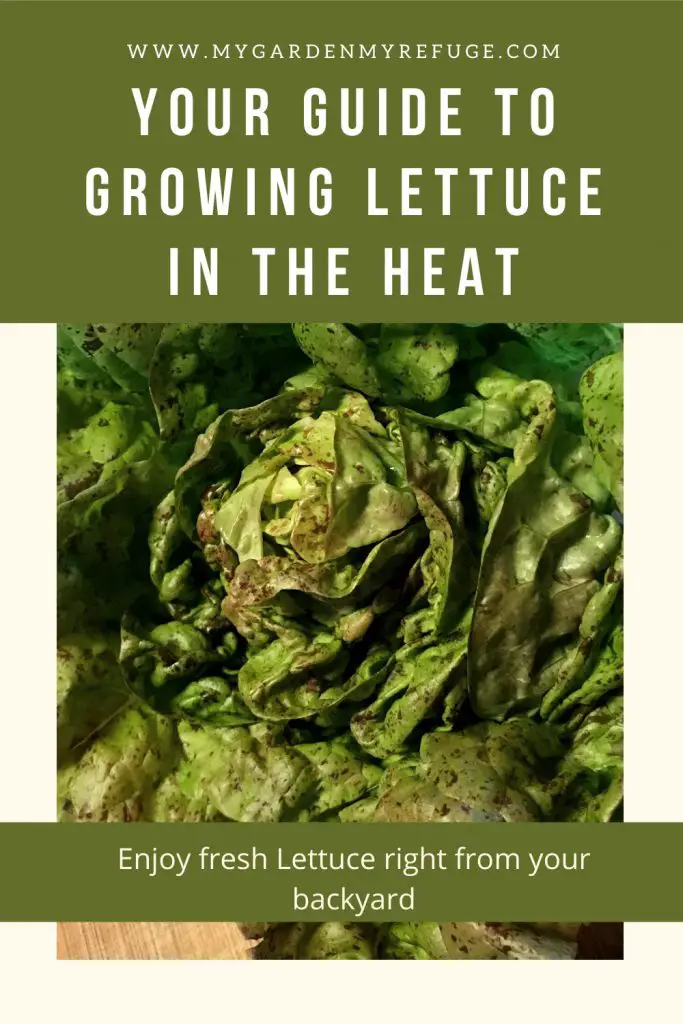
C) Starting lettuce seeds indoors
Starting seeds is my favorite method of growing lettuce in Central Texas for the following reasons:
- You get to start early in the season while waiting for temperatures to cool down.
- Since direct sowing has no guarantee, it may occupy precious growing space. Thus, starting seeds is safer for small gardens.
- Starting seeds indoors is economical when your favorite varieties are on the pricey side.
How to start lettuce seeds indoors?
- Use one shallow container instead of cells.
- Fill the container with a pre-moistened seed starting mix. Avoid using garden or potting soil because it is too heavy and retains moisture for too long.
- Sprinkle seeds sparingly over the soil. Don’t use the whole packet; it’s just too much.
- Cover the seeds lightly with the soil, perlite, or vermiculite.
- Spray them with a mist of water to ensure the top is moist.
- You may cover the container with a Ziploc or a plastic cover to keep the moisture level even.
- Place the container under a grow light or on a bright window sill.
- The seeds should come out in a week, more or less, depending on their freshness.
- When the seedlings reach an inch of growth, carefully lift them using a small spoon or fork. Transplant them into slightly bigger containers.
- Keep them under the light.
- Start feeding them with a low concentration of seaweed.
Read more about seed-starting basics and seedling care here.
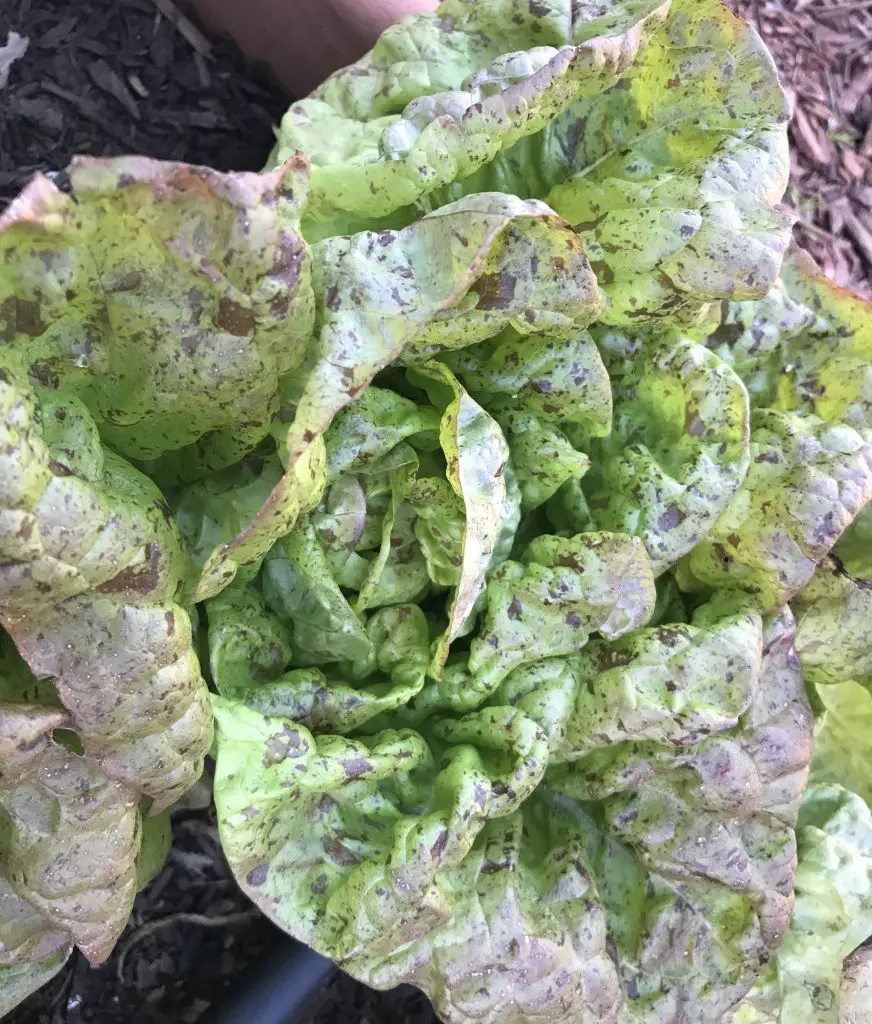
When to start lettuce seeds in Central Texas?
If you decide to start lettuce seeds indoors, the month of September is the best time to do so. However, you will have to look after the seedlings until the weather is cool enough for them to go out. The sowing window is open until April.
Grow lettuce in pots
If you decide to grow them in pots, you can plant one head of lettuce in a quart-size pot. You can also sprinkle seeds for leaf lettuce in a shallow plastic tub, six inches deep.
Keep in mind that the soil in pots gets depleted of nutrients fast. So make sure to fertilize every two to three weeks.
What kind of soil is best to grow lettuce?
Lettuce needs light, fluffy, and fertile soil. Adding compost is the solution to fixing any dirt.
How much sun does lettuce need?
Lettuce is among the vegetables that tolerate less light. It needs five to six hours of direct sunlight. Anything less may cause slow growth and encourage slugs and snails to attack.

How to plant lettuce plants?
When transplanting lettuce into the ground, avoid excessive handling of the roots.
- Flip the pot upside-down into your palm. Squeeze the sides of the pot, then gently tap on the base to release the root ball into your hand.
- The planting hole should be as big as the root ball.
- You may add a slow-release dry fertilizer to the planting hole beforehand. But mix it with soil before putting the plant in to prevent root burn.
- Place the root ball level with the ground, and backfill it with soil.
- Water deeply, and keep an eye on it for the first weeks until established (new growth appears).
How to space lettuce?
Spacing lettuce depends on its type. For example, head lettuce needs six to eight inches of space to form heads. For loose-leaf lettuce, there is no need to worry about spacing since you will harvest the leaves.

How to water lettuce?
Lettuce does not tolerate dry soil. Therefore, keep watering regularly, allowing the ground to dry slightly. Since it is the cool season, rain might be enough.
How to fertilize lettuce?
Lettuce is a leafy vegetable that needs a fertilizer rich in Nitrogen. If you check the fertilizer label, three numbers represent the concentration of the primary nutrients. The order is Nitrogen, Phosphorus, and Potassium.
For lettuce fertilizer, the first number, Nitrogen, should the higher than the rest. You may also use fish-based fertilizer or seaweed.
However, overfertilizing may make it susceptible to aphids. So, if you amend the soil with good compost before planting, you may not need to fertilize.
What is the difference between head and leaf lettuce?
Head lettuce is the one you grow to harvest a whole head at once. Leaf lettuce is the one you harvest the leaves, keeping the plant in the ground.
How to harvest lettuce?
Depending on the variety, pick the outer leaves for the leaf lettuce or cut the head at the base with a sharp, clean knife.
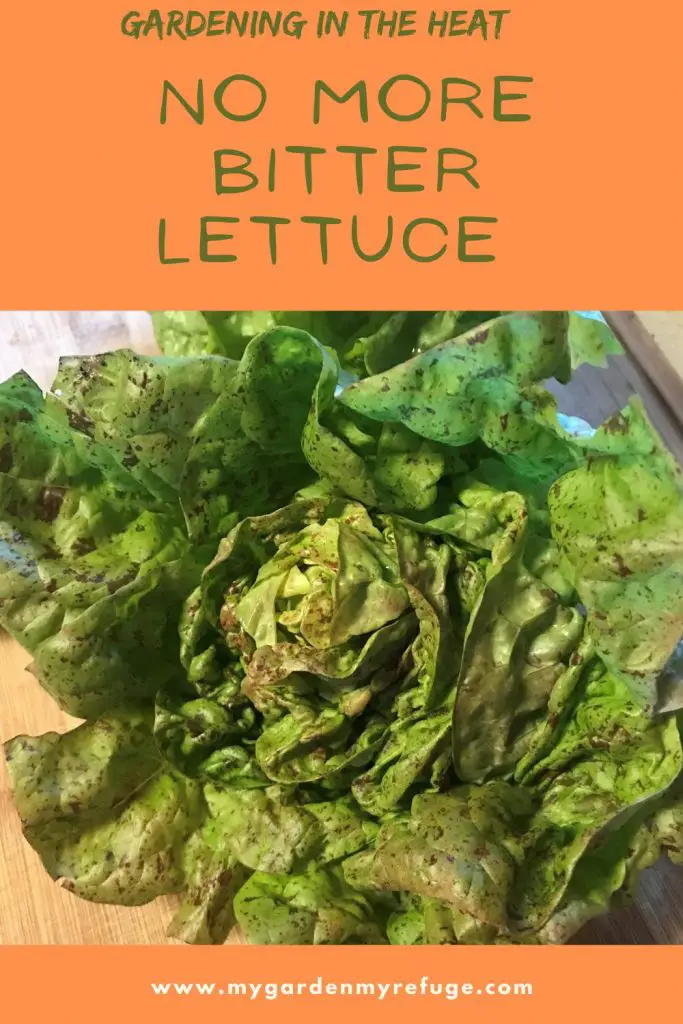
What is a Cut-and-Come-again Technique?
Cut-and-come-again is a harvesting technique that extends the life of a crop.
Why is my lettuce bitter?
Lettuce secretes a bitter substance in self-defense from predators to grow a flower stalk (bolting) to produce seeds, ensuring reproduction.
High temperature and lack of water trigger the lettuce survival mode. To ensure a good harvest, choose slow-bolting varieties.
How to protect lettuce from pests?
The main enemies of lettuce are slugs, snails, and rabbits. Use an organic base bait called Sluggo to eliminate the slugs and snails.
A milder approach is to set traps around the lettuce plants. For example, fill a tuna can with a sweet drink, such as soda, and sink it into the ground, having the lip at soil level. The next day, you will find slugs and snails drowned in the liquid.
As for rabbits or rodents, use a mesh cover or netting to keep them from eating the lettuce. You may also consider an animal barrier cage made out of steel cloth.
Can lettuce handle frost or freeze?
Lettuce grows in the cool season and withstand temperatures as low as 20F (-6C). But in case of a lingering hard freeze, it is best to protect it with a frost cloth.
What does regrowing lettuce mean?
Regrowth is when a plant sends new green growth from the root base. Some vegetables, such as lettuce, can do so when you cut the head and leave the roots in the ground or water.
It is a fun experiment for kids, but I would not rely on it for a sustainable harvest. The second growth tends to be weaker and thinner. If trying to have a continuous harvest, I suggest using the cut-and-come-again harvesting method.
For more quick tips, visit my other post, Helpful Tips To Successfully Grow Lettuce From Seed.
